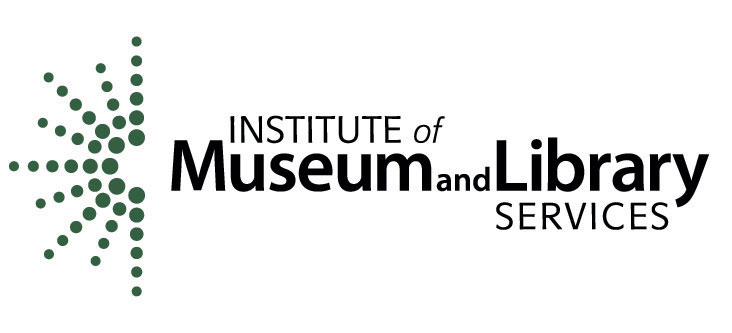Table of Contents:
Part 1: Uncovering Your Individual Biases
Part 2: Uncovering Organizational Biases
Part 3: Mapping Organizational Values
Part 1: Uncovering Your Individual Biases
What are Implicit Association Tests (IATs) and why are you being asked to complete them?
- Choose a test from the Project Implicit website or ask people to select a test to complete on their own.
- If using a specific test(s), explain why: “One of our organizational goals is to include more stories of people of color in our exhibitions, so we’ve chosen to focus on the Skin Tone and Race IATs today.”
- Note that asking people to choose test(s) on their own may feel less intimidating for those who are new to exploring their implicit biases.
- Acknowledge: These tests are based in scientific research but are not the only standard for looking at unconscious bias. We are using them as one tool to help uncover unconscious bias and have found them helpful integrating multiple techniques to determine a result.
- From the Project Implicit FAQs: “The Implicit Association Test (IAT) measures the strength of associations between concepts (e.g., black people, gay people) and evaluations (e.g., good, bad) or stereotypes (e.g., athletic, clumsy). The main idea is that making a response is easier when closely related items share the same response key. We would say that one has an implicit preference for straight people relative to gay people if they are faster to complete the task when Straight People + Good / Gay People + Bad are paired together compared to when Gay People + Good / Straight People + Bad are paired together.”
- Set the stage for reflection:
- Emphasize that tests can be repeated to measure change: “If you saw a result you didn’t like/are uncomfortable with, repeating the test after you feel like you’ve done some work on changing that result can be useful.”
- Reminder: Let everyone know their results are private. Please don’t ask anyone to share their actual results.
- Questions for individual reflection:
- Your results are just for you. Feel free to write them down or save them for your own personal reflection and research.
- How did these results make you feel?
- For new users: Did anything surprise you about these results?
- If repeating a test: How has your result changed since last time you took this test?
- How do you see yourself using this information in your professional work moving forward?
- Discussion questions for group reflection:
- Share out, if comfortable: How do you see yourself using this information in your professional work moving forward?
- What does this look like for you as an individual? As part of a team?
- If the group includes staff who oversee other staff/volunteers: How could you use this information as a supervisor/mentor?
Part 2: Uncovering Your Organizational Biases
Discussion and Activity
- Discuss how bias can impact your organization: “What if I were taking an IAT as the organization?”
- Complete the “Let’s take a walk” activity from The Dreamspace Project Workbook (pp. 24-28):
- Note that this activity comes from a toolkit specifically designed for art museum educators and it assumes an urban setting in some questions. You may need to replace some terms (for example: replace “art museum” with “museum” or “site” and/or replace “city” with “village” and “township”) for these questions, depending on your organization’s type and location.
- Ask people to write down their responses to the questions listed in the activity and let them know that these responses will be used in discussion later.
- Discuss/share out results from the activity:
- Choose one or two areas (place/space/people/voice/engagement) most relevant for your/your organization’s goal(s):
- How does this activity show some of the biases present in the organization? Ask people to select their top 3 findings per area and share out.
- Which of the organization’s biases can you control as part of your work?
- How can we go about removing/shifting some of these biases to be more inclusive?
- Read more about The Dreamspace Project from The Incluseum.
- Choose one or two areas (place/space/people/voice/engagement) most relevant for your/your organization’s goal(s):
Part 3: Mapping Organizational Values
Review and Discuss
- Review and refamiliarize yourself with your organizational values
- Choose one or two of your organizational values that fit your team to discuss:
- What values match what you see in the museum?
- What values match what you see in your team/individual work? (Where are we walking the talk?)
- What do you see in the museum that contradicts what is in our values? (Where is there tension between values and actions?)
- What can you do about the tension? What’s in your control?
- What steps can you take to make these changes?
Content is available under Creative Commons Attribution unless otherwise noted.


